Wondermondo 🢖 World 🢖 Wonders of Asia 🢖 Wonders of Vietnam
Territory
Wonders of Vietnam
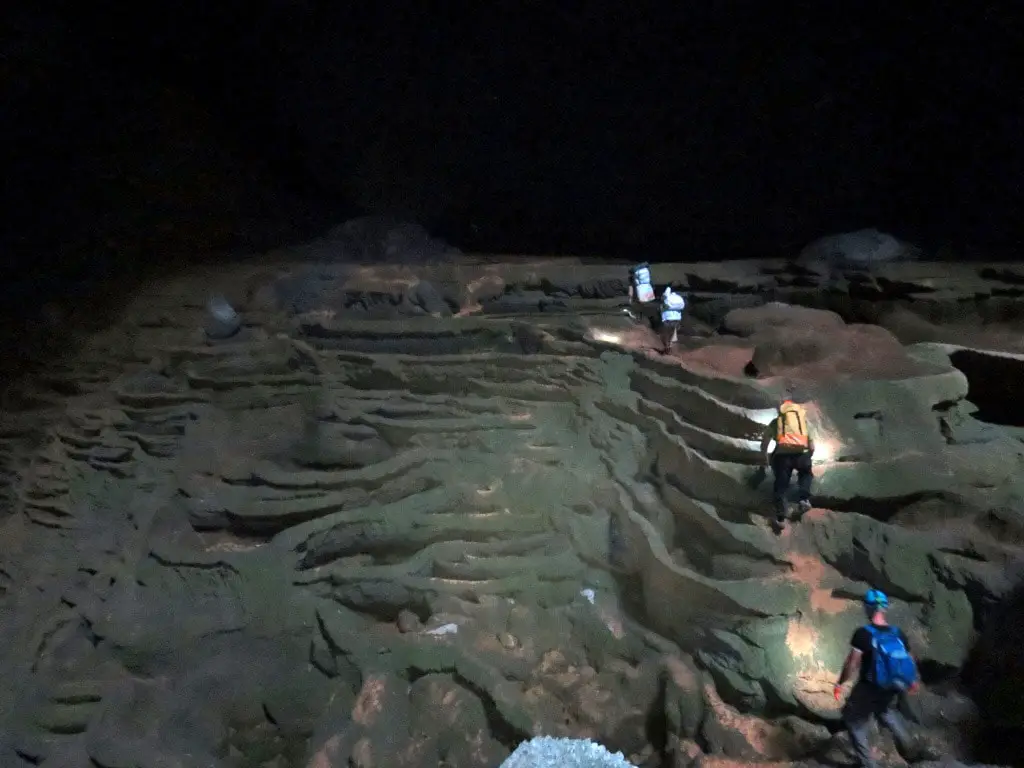
 Highlights
Highlights
Vietnam is surprisingly diverse. Here are found giant contemporary cities, traces of ancient cultures, and pristine, little-explored nature. Among the huge diversity of heritage stands out:
- Giant caves. In Vietnam are located the world’s largest known caves – an eerie world incomparable to the narrow caves known elsewhere. The largest among them is Hang Son Doong.
- Other karst formations. World-famous is Ha Long Bay with some 2,000 islands which rise like towers up to 100 m high above sea level. There are other amazing karst formations in the country.
- Ancient cities and citadels. Several cultures have left ruins of exciting cities and towns. There are cases when local people live even in large caves.
Map with the described wonders
If you see this after your page is loaded completely, leafletJS files are missing.
 Top 25 wonders of Vietnam
Top 25 wonders of Vietnam
Geological wonders
Hạ Long Bay
Northeast
Site of unusual beauty – sea bay with approximately 2,000 tower-like islands formed by karst processes. The tallest islands are 100 m tall. The area contains many endemic species of plants and animals. Some islands have impressive caves (such as Hang Đầu Gỗ Cave). Local fishermen live in exotic-looking floating villages.
Son Doong Cave
North Central Coast
The biggest known cave in the world. Especially impressive is the more than 4 km long passage that is continuously 90 m wide and up to 200 m high. The total known length of this cave is 9 km. A powerful stream flows through the cave. Here are found unique cave pearls as large as baseballs, as well as green, algae-covered gours.
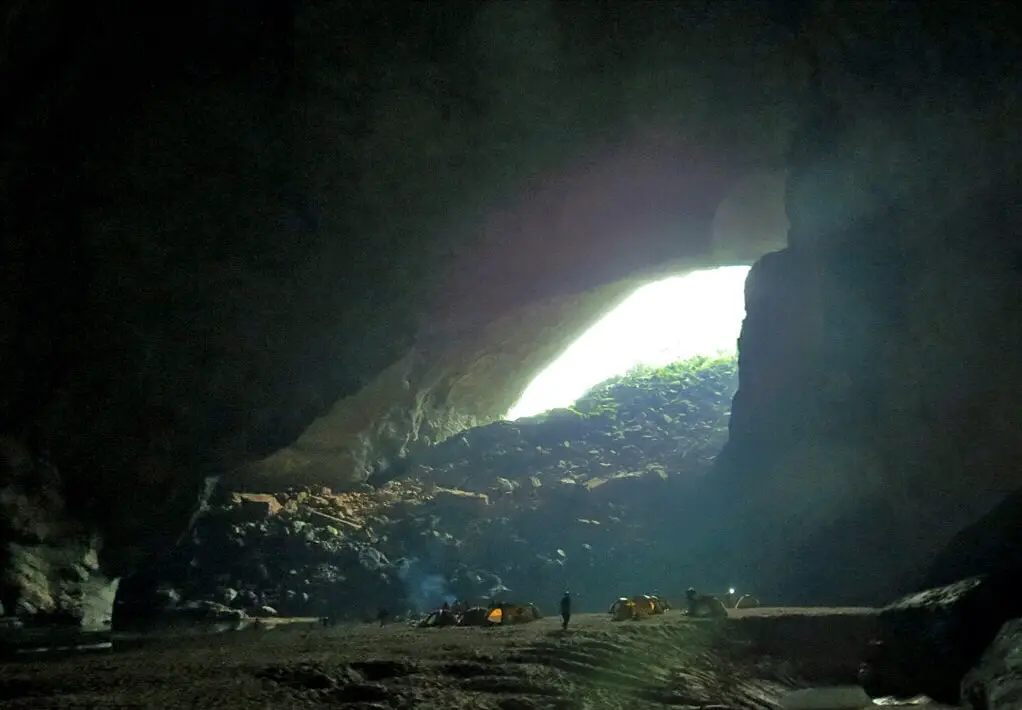
Paradise Cave (Thien Duong Cave)
North Central Coast
31.4 km long cave with some of the most beautiful cave formations, cave rooms are up to 150 m high. Endemic scorpion Vietbocap thienduongensis lives in the cave.
Phong Nha – Ke Bang cave system (Hang Khe Ry)
North Central Coast
Some 20 km long cave with a very long underground river (13,969 m) with sandy beaches. The cave contains valuable archaeological artifacts of Champa culture including beautiful ceramic vases.
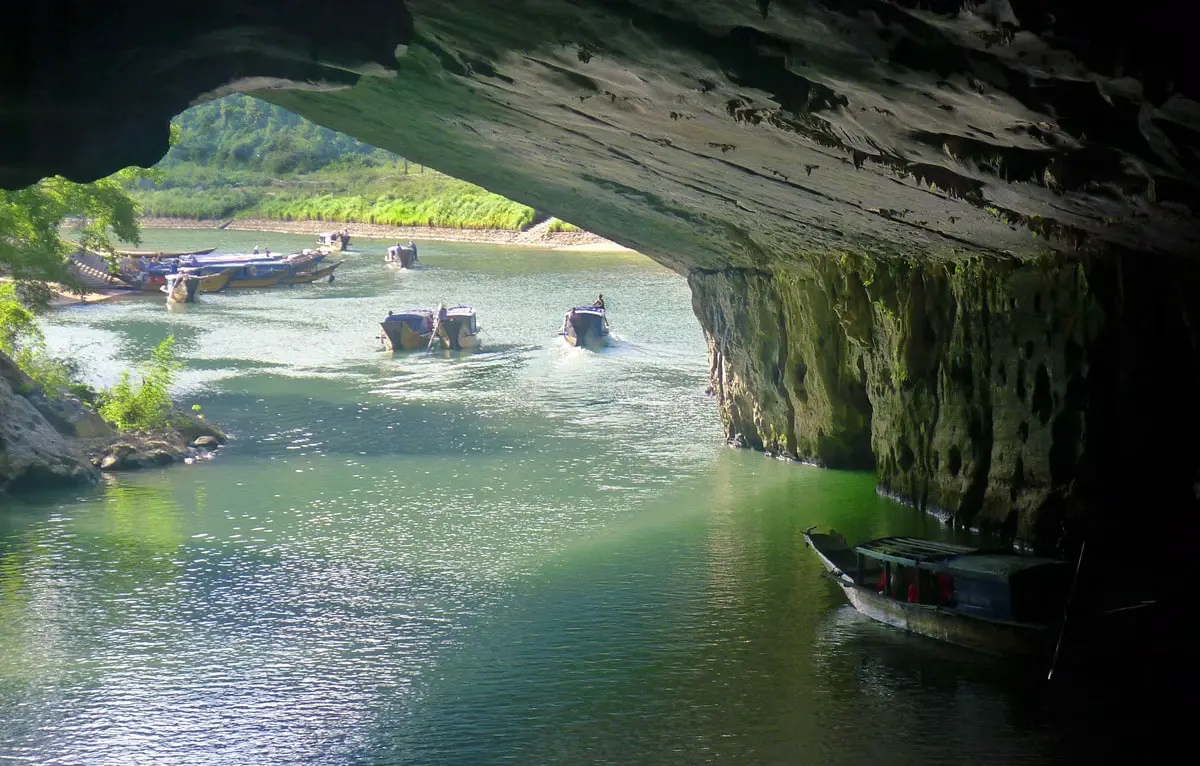
Phong Nha-Ke Bang National Park
North Central Coast
Impressive karst landscape with some of the largest caves in the world such as the Son Doong Cave. Here is located the longest-known cave river in the world.
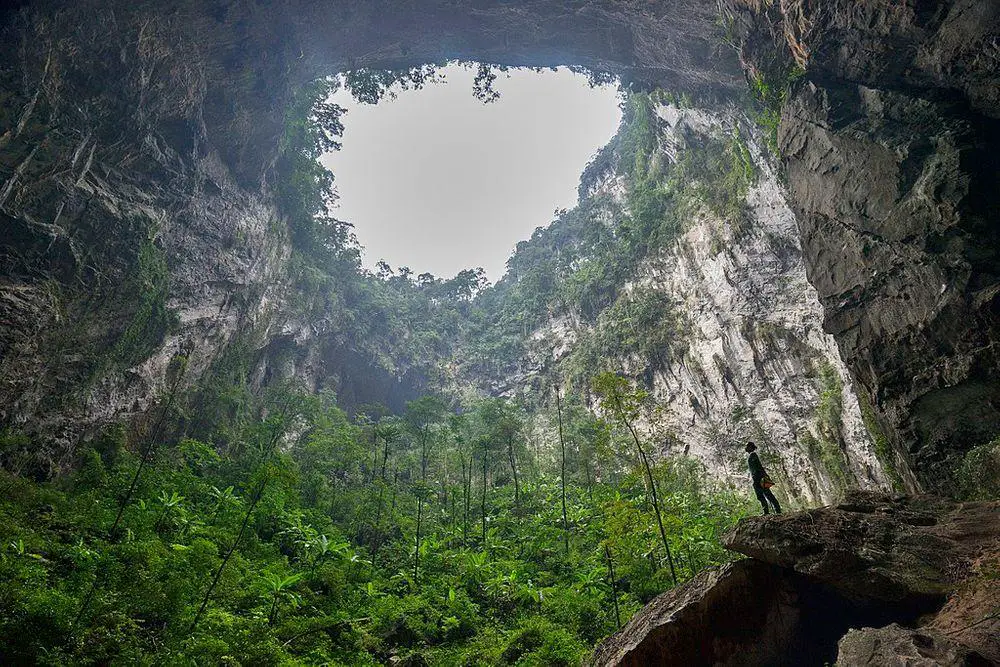
Dong Van Plateau
North Eastern
An area with very impressive tower karst where the cone-shaped limestone hills rise up to 800 m tall. Here are very impressive canyons, and huge biodiversity values.
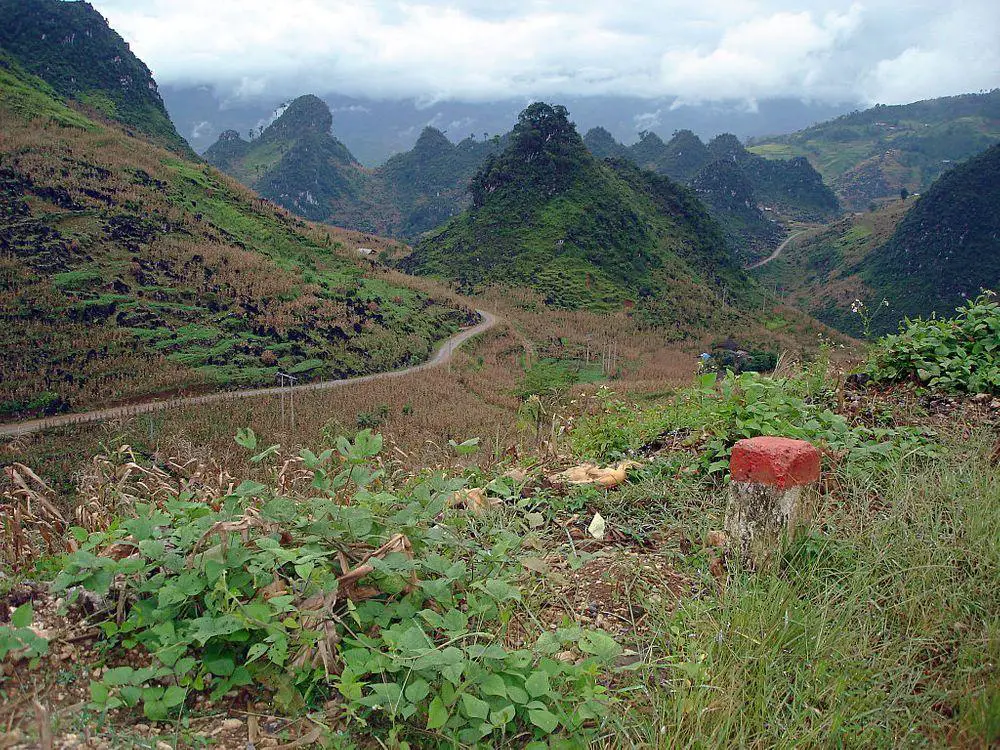
Detian Falls and Bản Giốc Falls
Northeast (located also in China)
One of the most picturesque waterfalls, it is around 60 meters high and 200 meters wide.
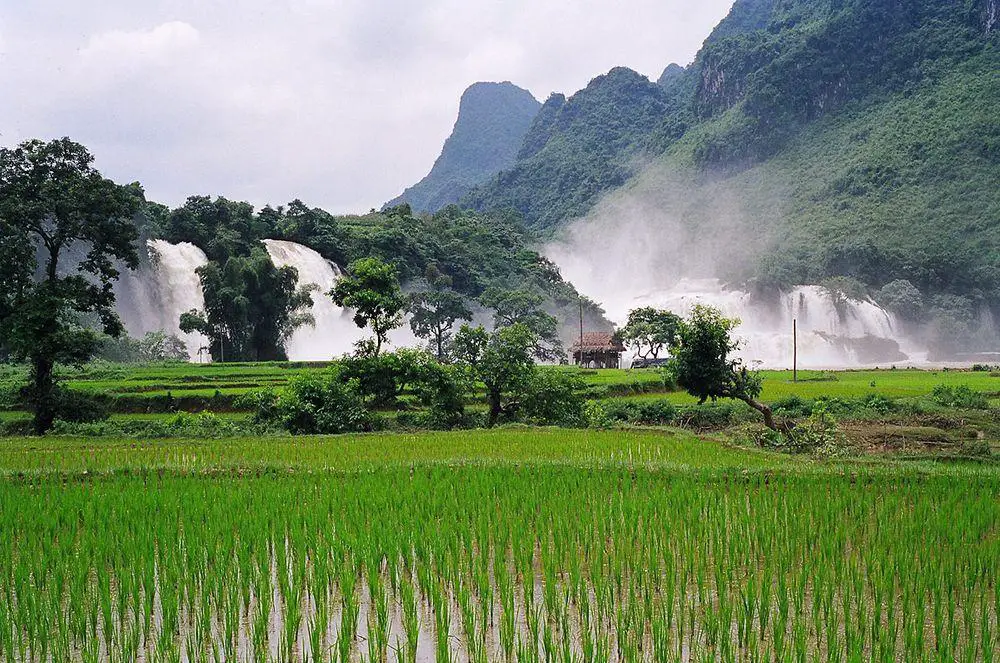
Tam Cốc-Bích Động
Red River Delta
An area with beautiful tower karst formations. Here are found numerous caves.
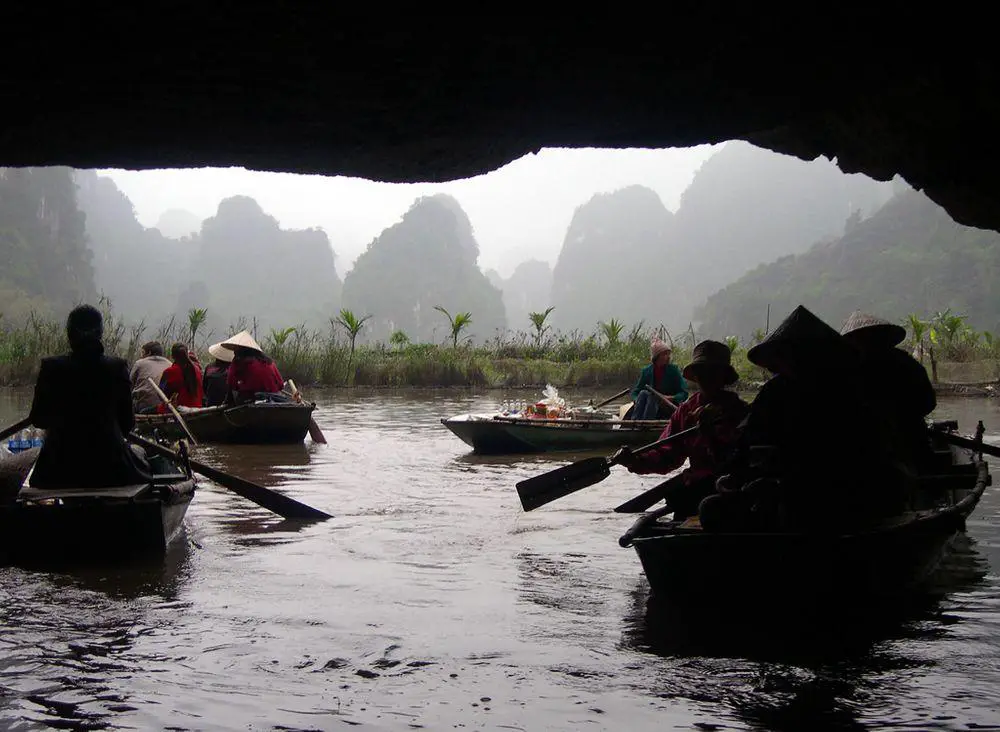
Biological wonders
Vũ Quang
North Central Coast
A remote, forested region where numerous new species of animals and plants have been found over the last decades, and several more are reported but their existence has not been proven yet. One of the most intriguing ones is batutut (Nguoi Rung) – a human-like creature that is approximately 1.8 m tall and covered with hair.
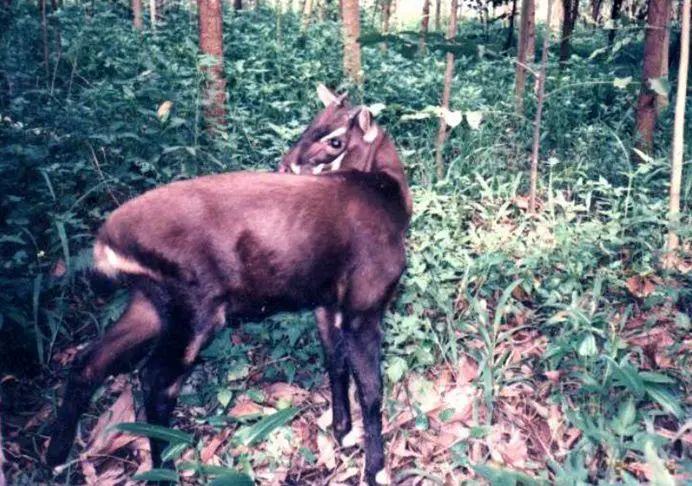
Suoi Giang tea forest (Suối Giàng)
Northeast
Here grow possibly the world’s oldest tea trees which are up to 3,000 years old. In total in this forest grow more than 85,000 old tea trees. This could be one of the oldest tea plantations in the world.
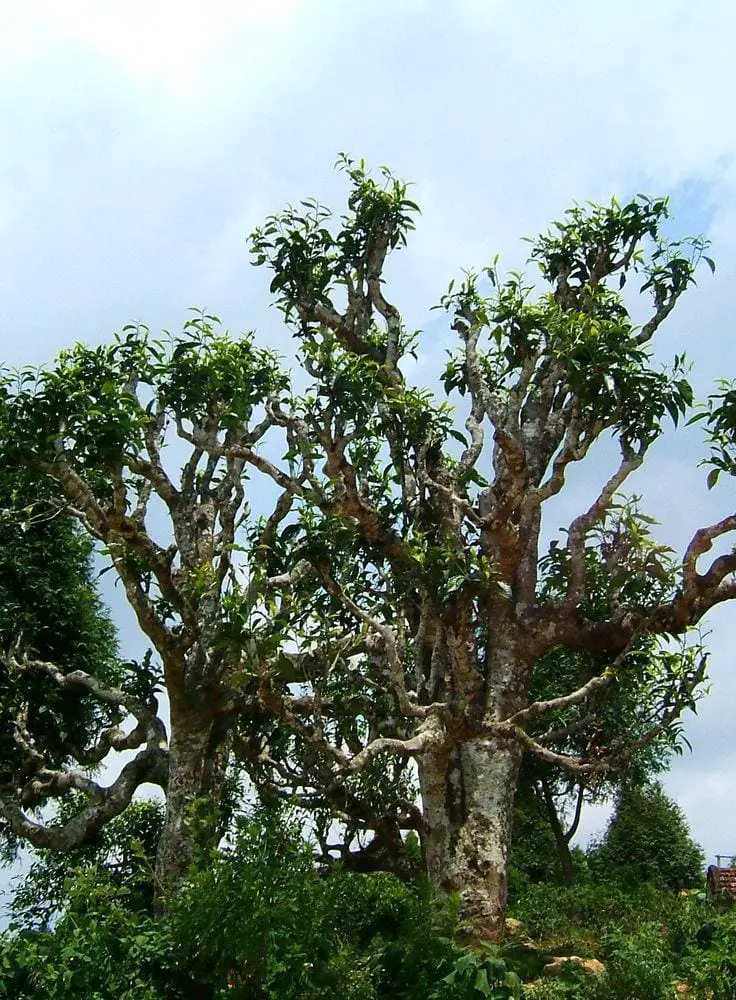
Hoàn Kiếm Lake and turtles
Red River Delta
Lake in the historical center of Hanoi. In the lake lives (or lived as it is critically endangered or extinct) unique soft-shell turtles that may belong to separate species Rafetus leloii. The existence of this legendary animal was proved only in 1998.
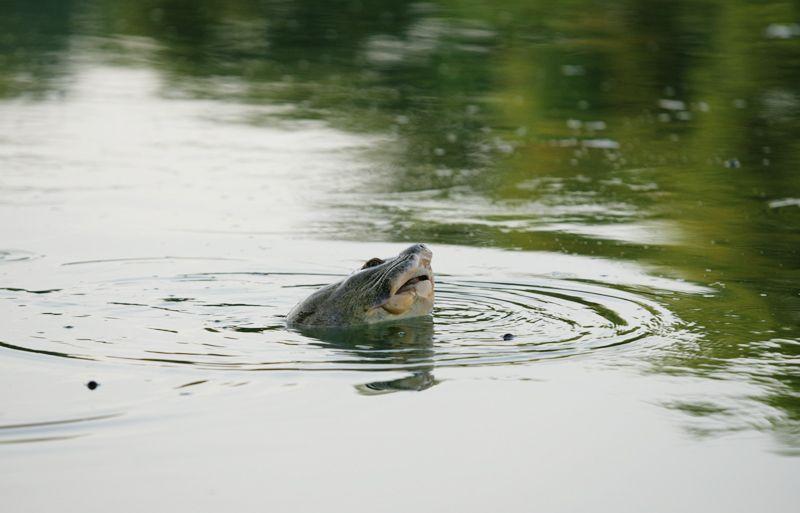
Archaeological wonders
Mỹ Sơn
South Central Coast
Ruins of a group of more than 70 Hindu temples that were built in the times of the Champa Empire between the 4th and 14th century AD. This site serves as a kind of religious capital of Champa. Most of the heritage was destroyed by the US bombing during the Vietnam War. Buildings in this temple city were very ornate and the ruins provide rich knowledge about the art and architecture of the Champa Empire.
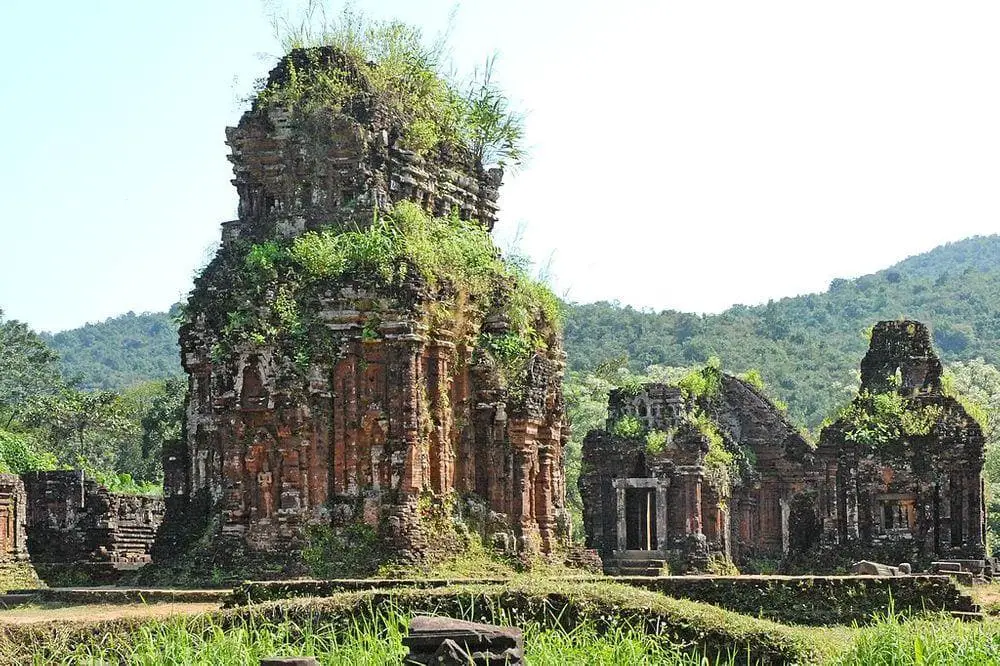
Architecture wonders
Hội An
South Central Coast
Medieval city – trading port that flourished in the 15th – 19th century. Former economical center of the Champa Empire.
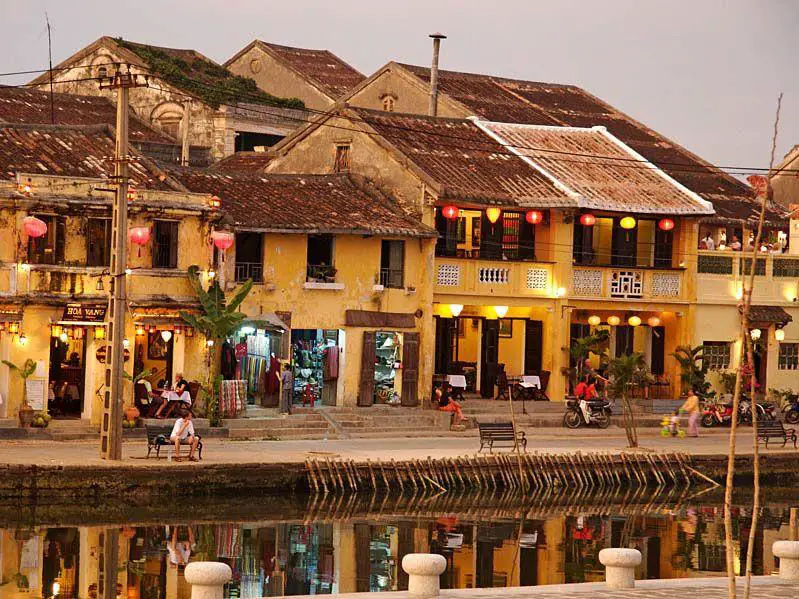
Khai Dinh Tomb
North Central Coast
An ornate imperial tomb, built on a hill in 1920 – 1931 for the unpopular emperor Khải Định. This ornate structure blends Eastern and Western traditions in architecture and art. The site contains the biggest sculptures of dragons in Vietnam.
Tu Duc Tomb
North Central Coast
Large and ornate imperial tomb (in fact – a complex of many buildings), built in 1864–1867 for emperor Tự Đức. Emperor used this structure as his residence long before his death and finally was buried elsewhere.
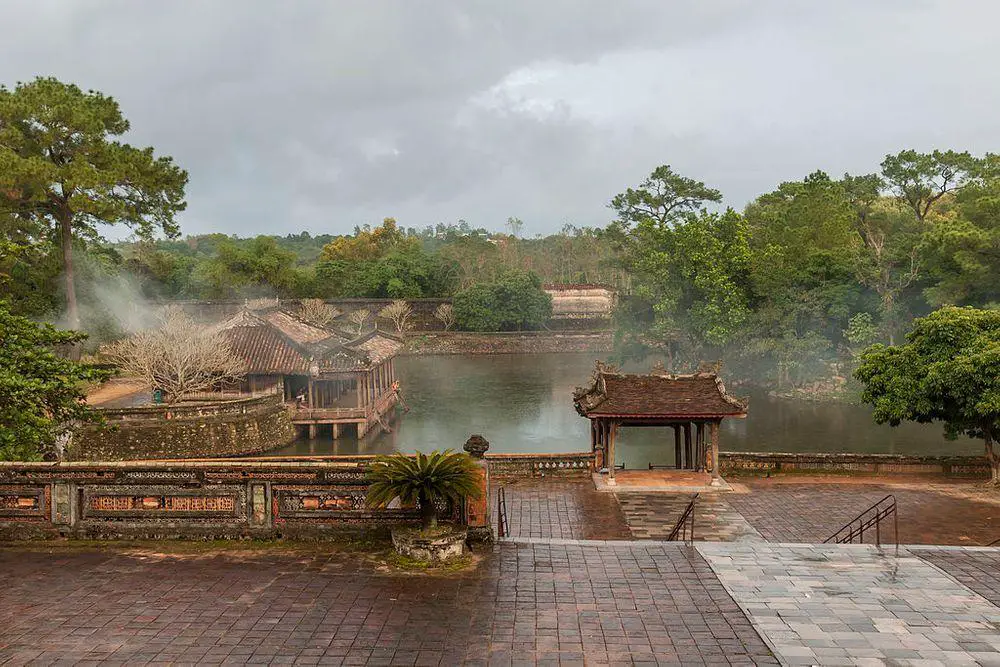
Temple of Literature
Red River Delta
Temple of Confucius, the first national university in Vietnam, constructed in 1070. Temple contains many precious relics.
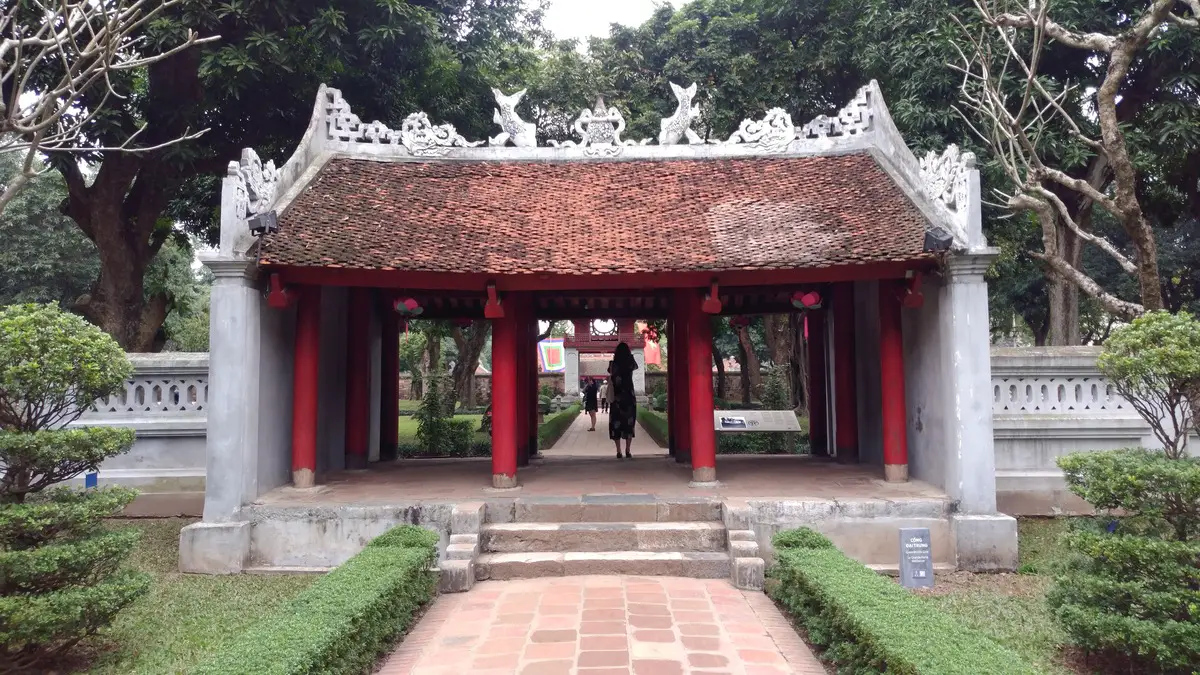
Po Nagar
South Central Coast
Ornate Hindu temple built by Cham people before 781 AD. The main tower is some 25 m high. Site of legends about the goddess of this temple.
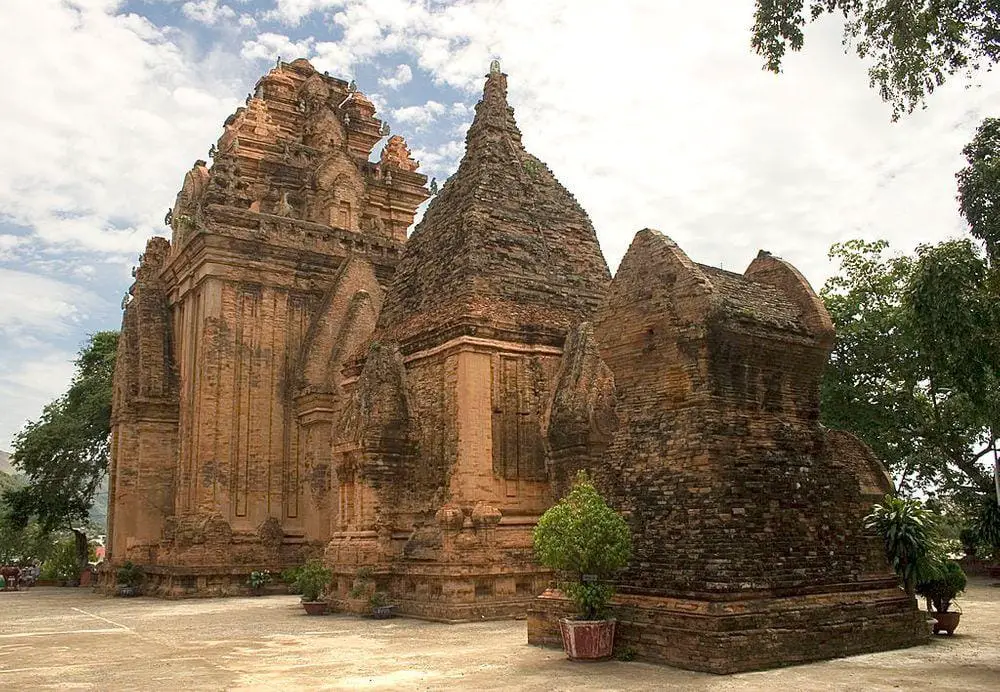
Historical center of Huế
North Central Coast
A planned city, capital of Vietnam in 1802 – 1945. The geography of the city was made with great scale, creating huge rectangular systems of canals and well-planned urban districts inside fortification walls. The city has numerous valuable monuments of architecture and art.
Cổ Loa Citadel
Red River Delta
Oldest fortification in Hanoi, fortified citadel 20 km north from the center of the city. Development of this fortress started around 400 – 350 BC, outer walls have a perimeter of 8 km. Remaining ramparts are up to 12 m high. Cổ Loa town is located inside the ramparts up to this day.
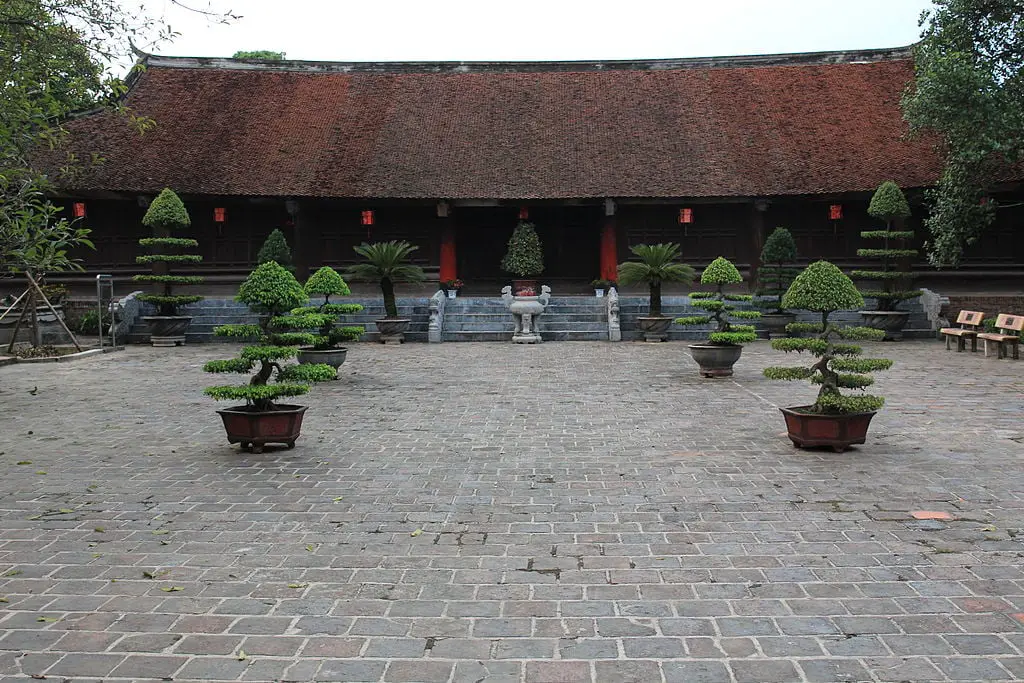
Dâu Pagoda
Red River Delta
The oldest Buddhist pagoda in Vietnam, built between 187 and 226. Pagoda has unique architecture and has influenced the later development of Vietnamese architecture.
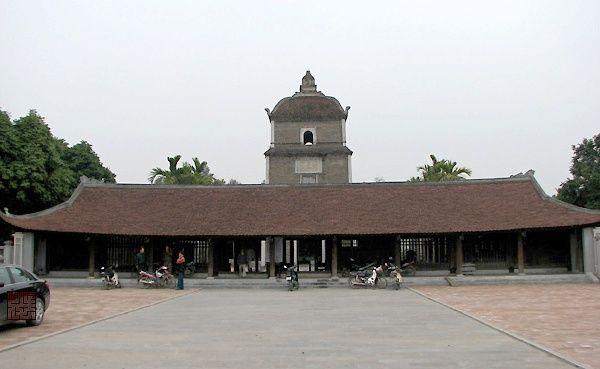
Perfume Temple (Perfume Pagoda)
Red River Delta
Group of rock-cut temples. One of the most important and beautiful Buddhist pilgrimage sites in the country, it was developed in harmony with the picturesque landscape of the region. The first temple was built here in the 1400ies. Its main attractions are the enormous Huong Tich Cave with Chua Trong (Perfume Temple) and the Thien Tru Pagoda.
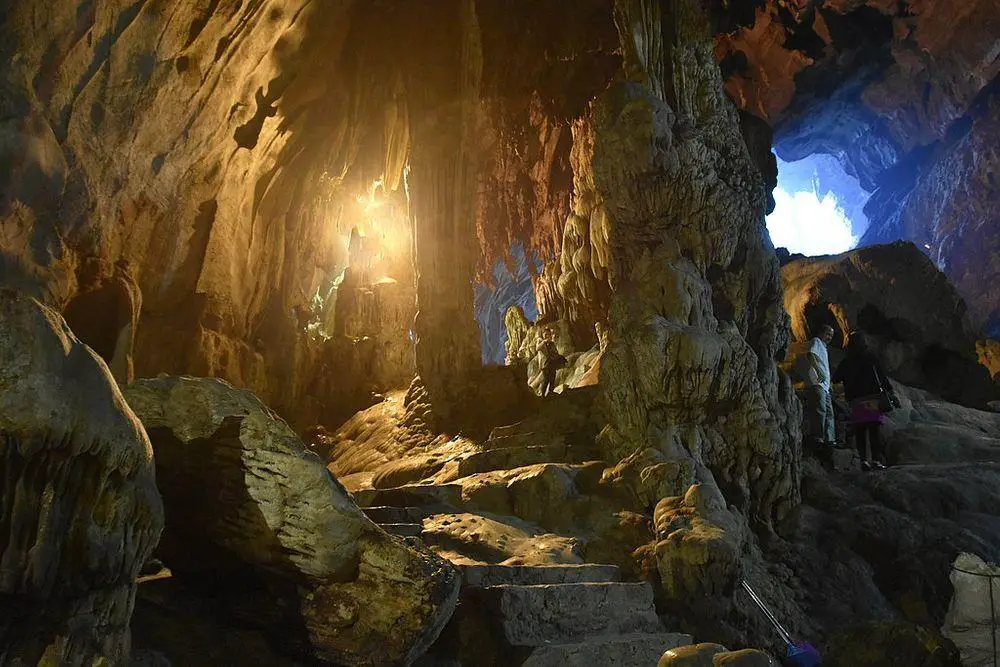
Po Klong Garai Temple
South Central Coast
Impressive, very ornate Cham temple. Build time is unknown but most likely the temple was built in the 11th century.
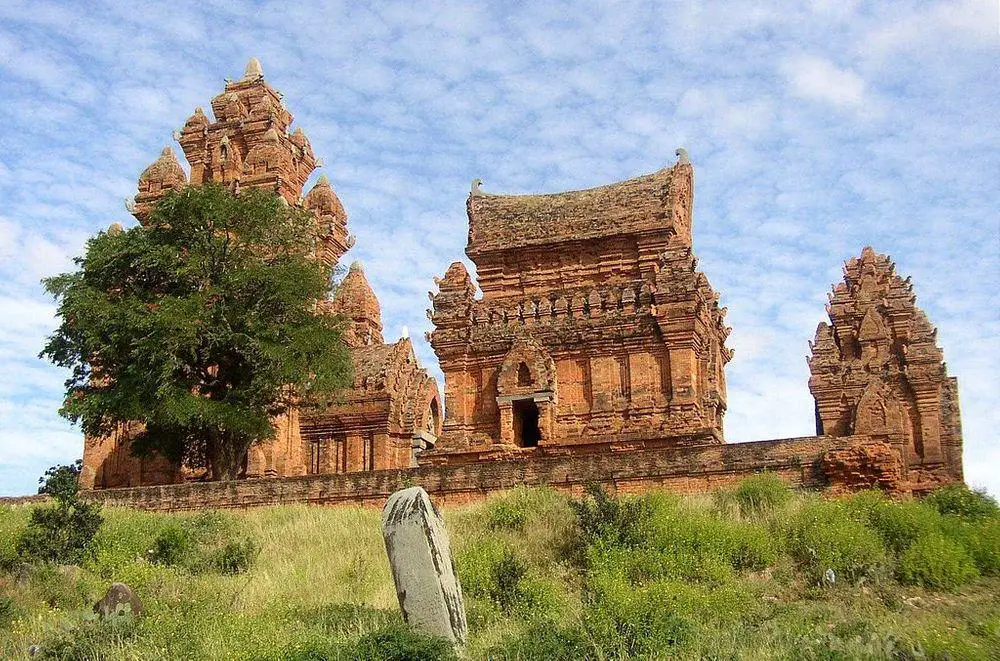
Tây Ninh Holy See
Southeast
Centre of Cao Đài religion – an ornate building that was built in 1933 – 1955.
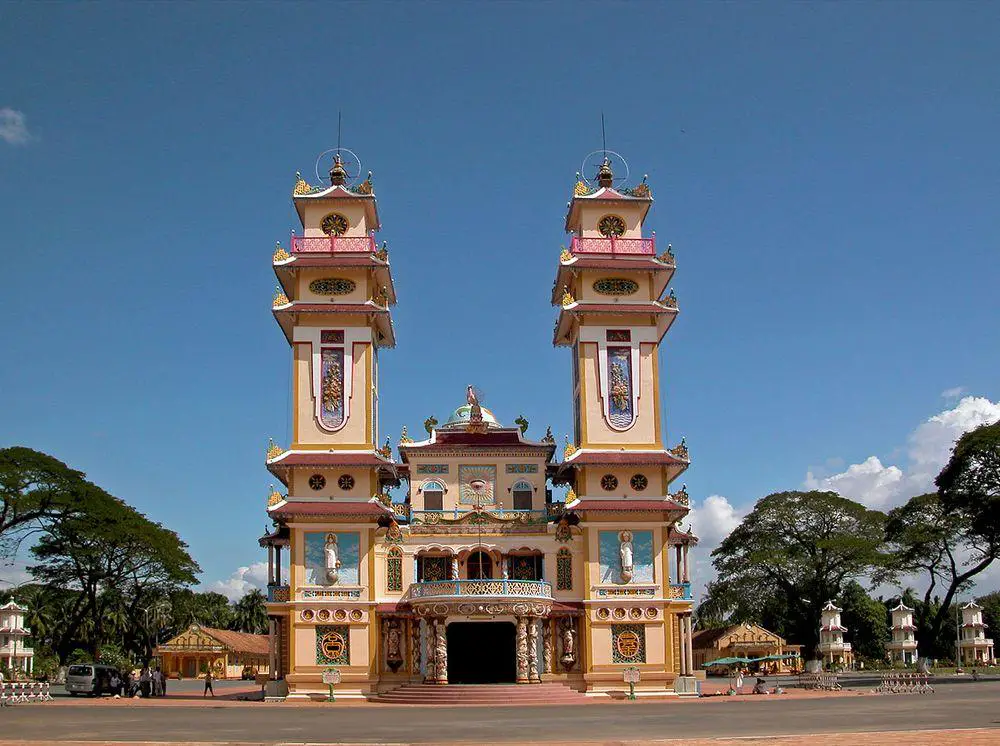
Củ Chi tunnels
Southeast
121 km long system of tunnels and underground rooms created for defensive purposes in the late 1960s – 1970s.
Hue Imperial City
North Central Coast
Well-preserved fortified citadel of Huế city. The fortress is surrounded by massive walls that form 2 by 2 km large rectangle with the imperial palace – Purple Forbidden City inside. Construction of the fortress and palace was started in 1804, later were added many more palaces and other ornate buildings. Most of the buildings perished during the Vietnam War but some 10 remain.
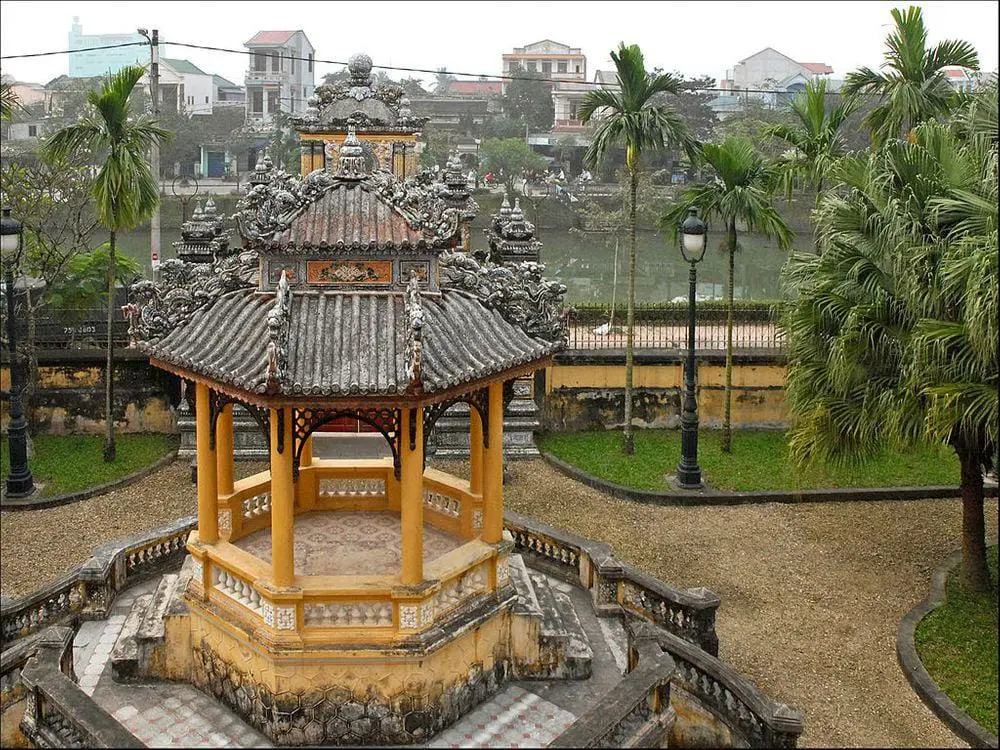
 Recommended books
Recommended books
DK Eyewitness Travel Guide: Vietnam and Angkor Wat
DK Eyewitness Travel Guide: Vietnam and Angkor Wat is your indispensable guide to this beautiful part of the world. The fully updated guide includes unique cutaways, floor plans, and reconstructions of the must-see sites, plus street-by-street maps of all the fascinating cities and towns. The new-look guide is also packed with photographs and illustrations leading you straight to the best attractions on offer, from the floating markets of the Mekong Delta in the south to the hill towns in the north, and all the best beaches to be found in between.
National Geographic Traveler: Vietnam, 3rd Edition
In this completely updated and revised guide to Vietnam, James Sullivan’s enthusiasm for his adopted country is clear in his coverage of all of the major sites, along with some lesser-known surprises as well. The book begins in the ancient capital of Hanoi, moving on to surrounding sites including fabled Ha Long Bay and hill-tribe villages tucked away in the jungle-covered mountains; North-Central Vietnam, including visits to Vietnamese tunnels related to the Vietnam War; the ancient cities of Hue and Hoi An; the Southern Central Highlands, featuring wildlife-filled Cat Tien National Park; bustling Ho Chi Minh City; and the vast Mekong Delta.

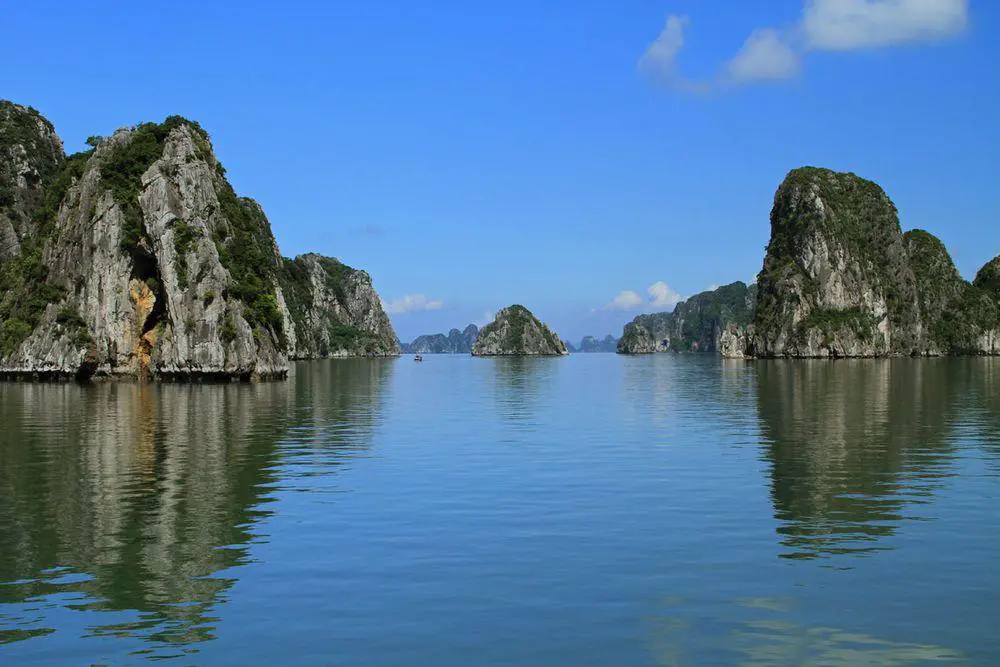
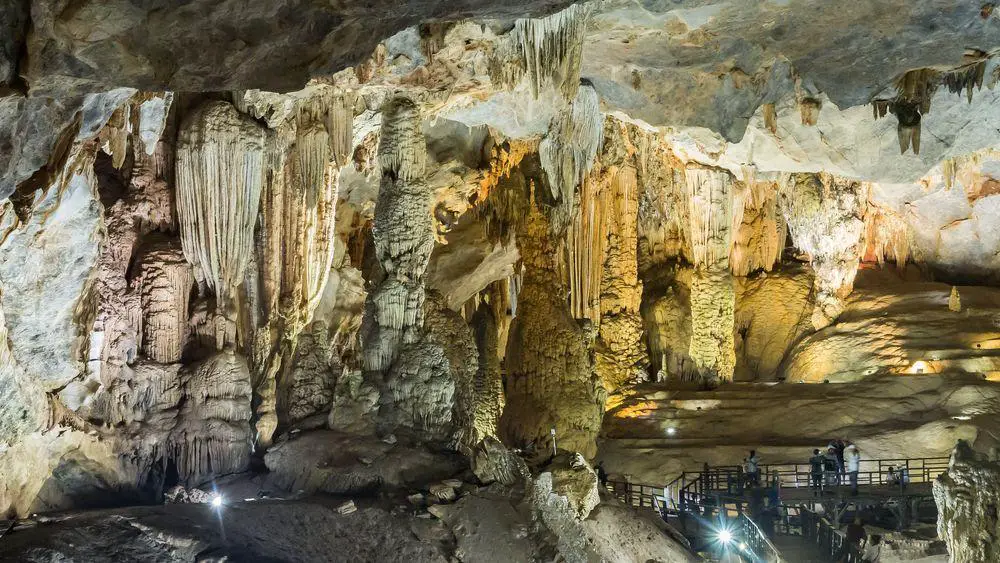
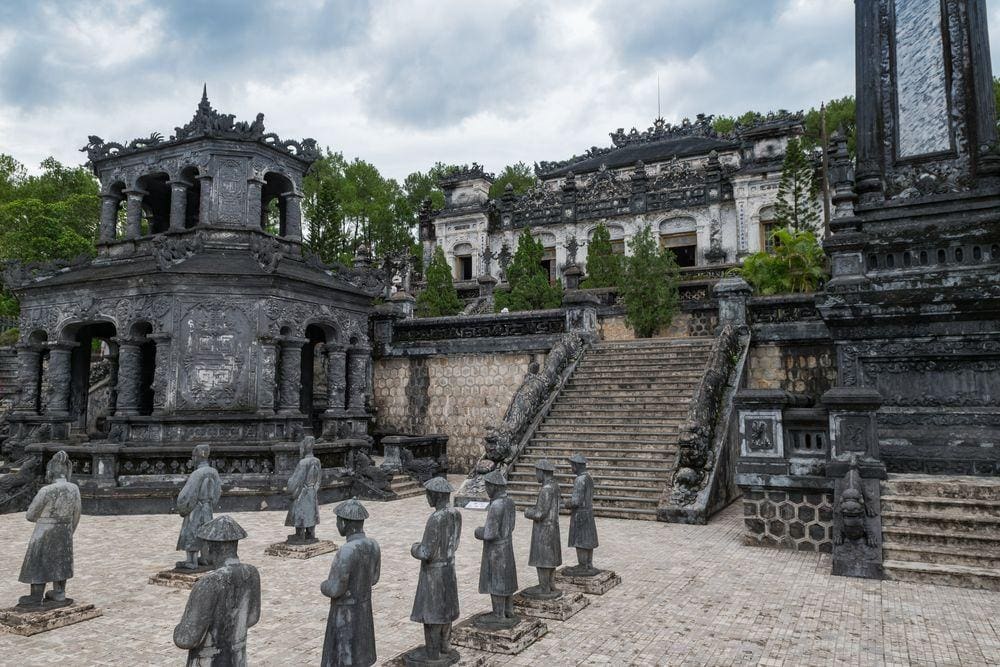
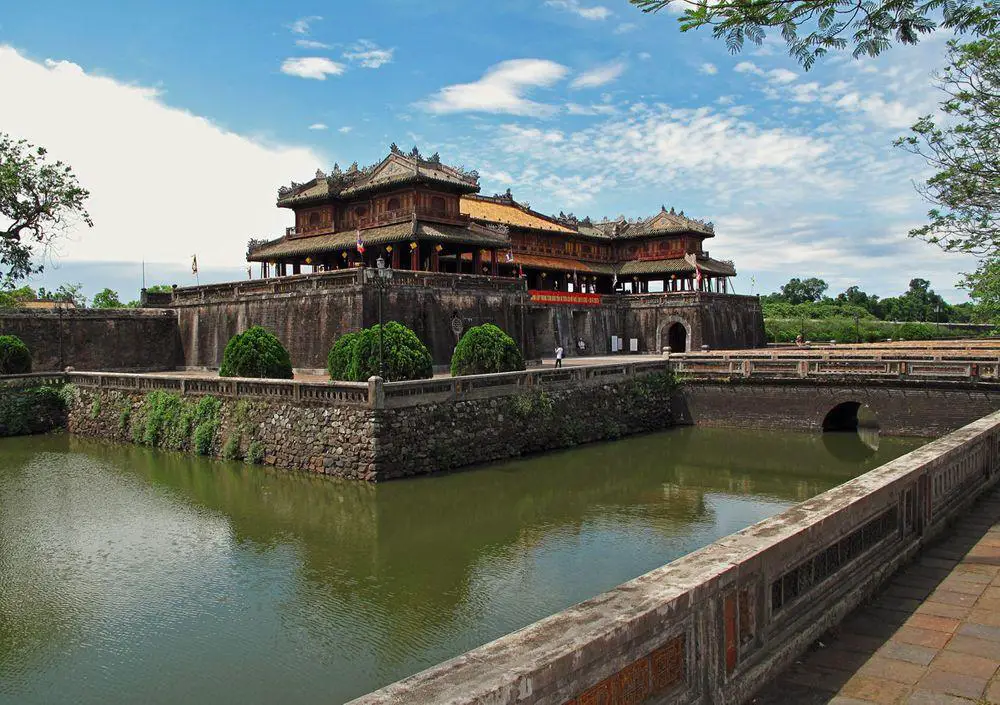
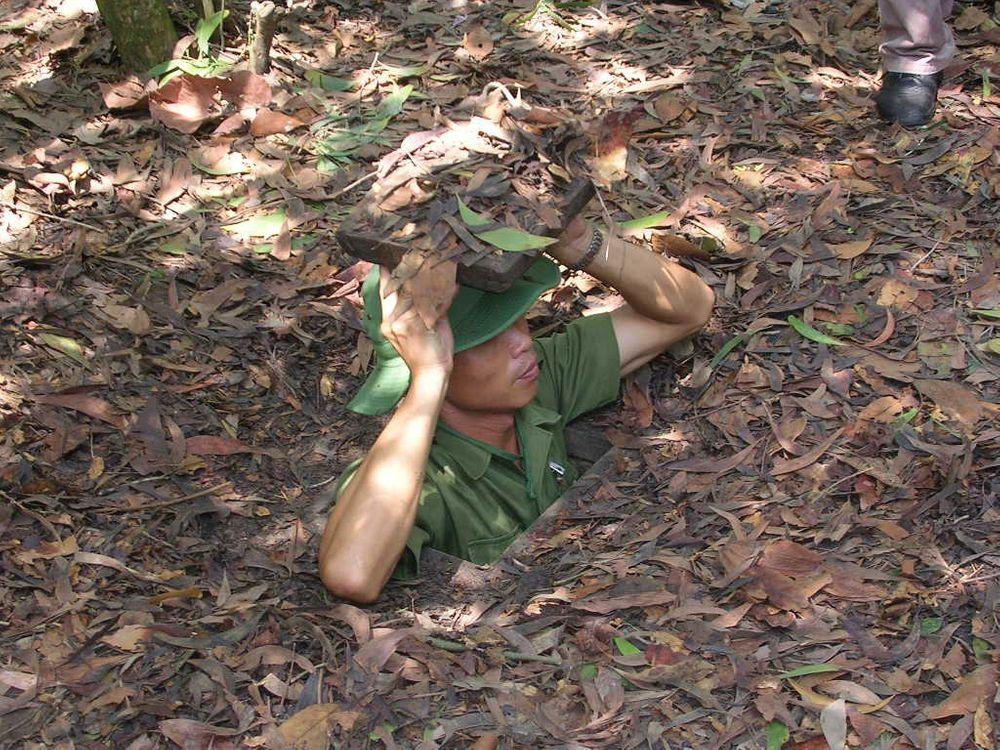


Hello i have some animal pieces from Quang Nam Province in central Vietnamese Highlands ,they are carved by stone by Phuc Sonhill people.
stone carvings of animals from cent ral Vietnamese Highlands, carved by Phuoc Son hill people Quang Nam Province
You mean: you have images of these sculptures?